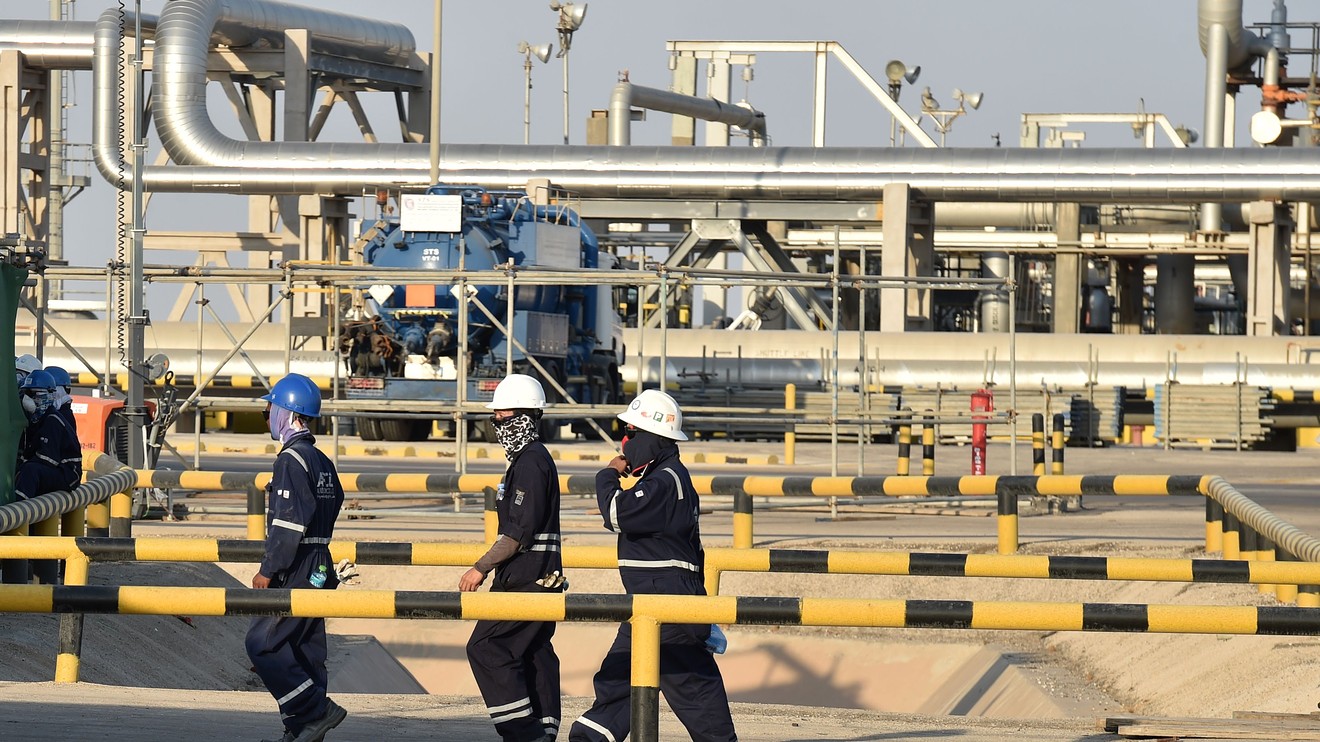
U.S. oil prices trimmed their losses on Thursday and global benchmark prices finished higher, as the Pentagon announced that it would deploy equipment and personnel in support of Saudi Arabia following attacks on its oil facilities earlier this month.
Oil futures had suffered from steeper declines for much of Thursday’s session, before the news broke in the minutes before the settlement. News reports show progress in restoring Saudi output following attacks on its oil facilities earlier this month and U.S. inventories logged back-to-back weekly increases.
Natural-gas prices, meanwhile, fell by 3% as U.S. government data revealed a weekly rise in supplies of the fuel that was more than the market expected. Traders also took positions ahead of the expiration of the October futures contract, feeding price volatility.
The U.S. will deploy one “patriot battery, four sentinel RADARs [and] approximately 200 support personnel” to Saudi Arabia, according to a press release Thursday from the Department of Defense.
“The move by the U.S. military to support Saudi Arabia put an end to the unwinding of the risk premium that had been introduced following the drone attack [nearly] two weeks ago,” Marshall Steeves, energy markets analyst at IHS Markit, told MarketWatch.
West Texas Intermediate crude for November delivery CLX19, -0.04% on Nymex edged down by 8 cents, or 0.1%, to settle at $56.41 a barrel on the New York Mercantile Exchange after trading as low as $55.41. November Brent crude BRNX19, -0.05%, the global benchmark, finished 35 cents, or 0.6%, higher at $62.74 a barrel on ICE Europe.
News reports on Wednesday said Saudi Arabia had restored output capacity to 11.3 million barrels a day, more quickly than initially planned, after attacks on facilities earlier this month knocked production of more than 5 million barrels a day offline, sparking a sharp rally in crude prices.
“Given that Aramco was on its way toward full capacity again, crude oil futures are about back to where they were pre-attack,” said Steeves, so the U.S. Defense Department development “is a reminder that the risk of military engagement remains a risk.”
Still, worries about the global economy and demand for oil persists.
Crude prices have been “trading mainly on the oversupplied oil market outlook for 2020,” said Edward Moya, senior market analyst, at Oanda. “Much of the recent global economic data paints weakness in all the major economies and that does no favors for the global demand outlook.”
On Thursday, data showed that U.S. gross domestic product, the official score card for the economy, grew at a 2% annual pace from April to June, unchanged fro the previous estimate.
Oil was pressured Wednesday after data from the Energy Information Administration showed U.S. crude supplies rose for a second week in a row, up by a bigger-than-expected 2.4 million barrels.
Back on Nymex Thursday, October gasoline RBV19, +1.94% tacked on 2.2% at $1.6612 a gallon, while October heating oil HOV19, +0.02% added 0.06% at $1.9551 a gallon.
On its expiration day, October natural gas NGV19, -3.60% lost 7.4 cents, or 3%, to end at $2.428 per million British thermal units. November natural gas NGX19, -3.10%, the new front-month contract, settled at $2.443, down 7.5 cents, or 3%.
The EIA reported Thursday that U.S. supplies of natural gas rose by 102 billion cubic feet for the week ended Sept. 20. The data were expected to show a build of 93 billion cubic feet, on average, according to analysts polled by S&P Global Platts.
“Prices have tumbled over the past week and a half on softening weather outlooks from [the National Oceanic and Atmospheric Administration[, which now call for cooler temperatures in the western half of the country from September 30 to October 9,” said Christin Redmond, commodity analyst at Schneider Electric.











Add Comment